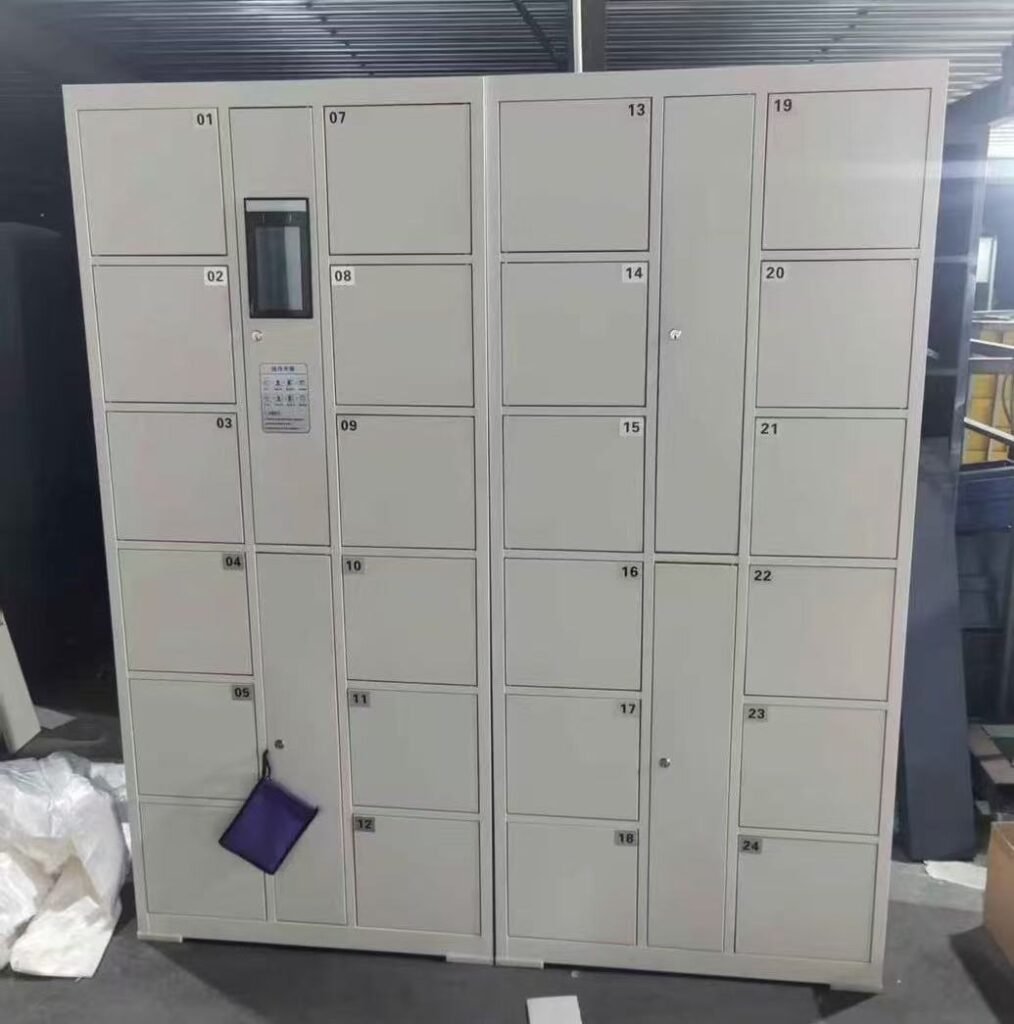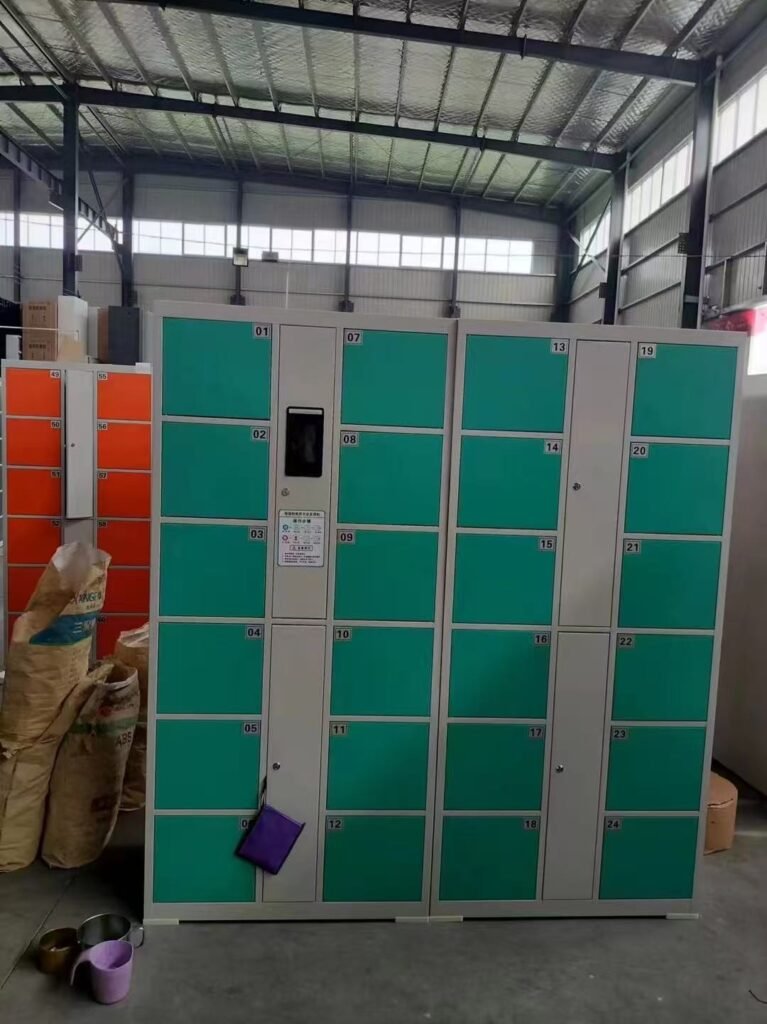Washington: Navigating the World of Facial Recognition Luggage Lockers – Weighing the Pros and Cons
In the bustling city of Washington, where convenience and security are highly valued, facial recognition luggage lockers have emerged as a popular storage solution. Whether you’re a tourist exploring the iconic landmarks, a commuter needing a safe place for your belongings, or a local looking for a hassle – free storage option, understanding how to choose and use these lockers, along with their pros and cons, is essential.

How to Choose Facial Recognition Luggage Lockers in Washington
Consider the Location
First and foremost, assess where you’ll be using the locker. In Washington, popular locations such as Union Station, major museums like the Smithsonian Institution, and busy shopping districts often have locker facilities. Choose a locker that’s conveniently located near your destination. For example, if you’re planning a day – long visit to the National Mall, pick a locker within walking distance so you don’t waste time traveling back and forth to retrieve your items.
Evaluate the Security Features
Not all facial recognition systems are created equal. Look for lockers that use advanced facial recognition technology with high – accuracy rates. Check if the system has additional security measures, such as encryption of facial data to protect your privacy. Some lockers may also have features like anti – tampering alarms or real – time monitoring, which can give you added peace of mind.
Check the Size and Capacity
Determine what you’ll be storing in the locker. If you’re just carrying a small backpack or a few personal items, a smaller locker might suffice. However, if you have larger items like a suitcase or multiple shopping bags, opt for a locker with greater capacity. It’s also a good idea to check if the locker has adjustable compartments to better organize your belongings.

Review User – Friendliness
The ease of use is crucial. Test the interface of the locker, if possible, before committing to use it. A good facial recognition locker should have a clear and intuitive display that guides you through the process of storing and retrieving your items. It should also have a quick recognition time, so you’re not left waiting in line.
How to Use Facial Recognition Luggage Lockers
Initial Setup
When you first approach the locker, look for the user interface. Usually, there will be an option to start the storage process. At this point, the locker’s camera will capture an image of your face. Make sure you’re well – lit and facing the camera directly for the best recognition results. Some lockers may require you to enter a mobile number or an email address as an additional verification method.
Storing Your Items
Once your face is recognized and any additional verification steps are completed, the locker door will open. Place your items neatly inside, ensuring not to overcrowd the locker to avoid any issues when retrieving your belongings. Close the locker door firmly. The locker system will then record the time of storage and link it to your facial recognition data.
Retrieving Your Items
When you’re ready to retrieve your items, approach the locker again. Stand in front of the camera, and the system will attempt to recognize your face. If the recognition is successful, the locker door will open, allowing you to take out your belongings. If there’s a problem with recognition, some lockers may have an option to use the alternative verification method (like the mobile number or email) to access your locker.

Advantages of Facial Recognition Luggage Lockers
High – Level Security
Facial recognition provides a high degree of security. Since each person’s face is unique, it’s extremely difficult for unauthorized individuals to access your locker. This is especially important in a busy city like Washington, where the risk of theft or unauthorized access to stored items is always a concern.
Convenience
Gone are the days of fumbling with keys or remembering complex combinations. With facial recognition, all you need is your face to access your locker. It’s a quick and seamless process, saving you valuable time, whether you’re in a rush to catch a train at the station or move on to the next museum exhibit.
Hygiene
In the post – pandemic world, hygiene is a top priority. Facial recognition eliminates the need to touch keypads or handles that may have been used by multiple people, reducing the spread of germs.

Disadvantages of Facial Recognition Luggage Lockers
Privacy Concerns
One of the major drawbacks is the privacy issue. Storing facial data raises questions about how the data is collected, stored, and used. There’s always a risk of data breaches, which could potentially lead to the misuse of your personal information. Although many locker providers claim to have strict data protection measures, the fear of privacy invasion remains a concern for some users.
Recognition Errors
Facial recognition technology isn’t perfect. Factors like changes in your appearance (such as wearing glasses, a hat, or having a beard), poor lighting conditions, or system glitches can lead to recognition errors. This could result in delays when trying to access your locker, causing inconvenience, especially if you’re in a hurry.
Dependence on Technology
These lockers rely entirely on technology. In the event of a power outage or system malfunction, accessing your locker could become a problem. There may not always be an alternative manual access method, leaving you in a difficult situation if you need to retrieve your items urgently.
In conclusion, facial recognition luggage lockers in Washington offer a convenient and secure storage option, but they also come with their fair share of drawbacks. By understanding how to choose and use them wisely, and being aware of the pros and cons, you can make an informed decision and have a smoother experience when using these modern storage solutions.
